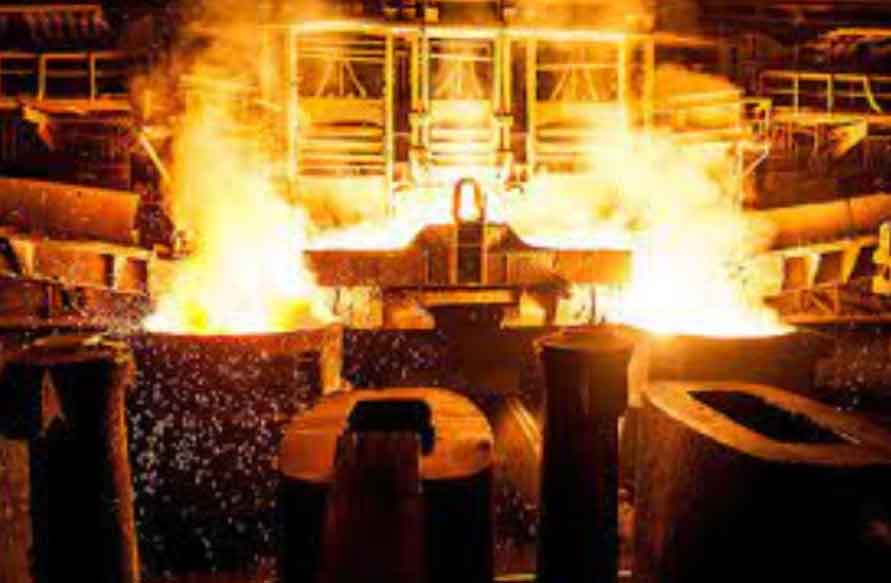
Lost Foam Casting and V-method Casting are two distinct processes used in the metal casting industry. While they have similarities, there are significant differences between the two. Let’s conduct a comparative analysis of Lost Foam Casting and V-method Casting:
- Process Overview:
- Lost Foam Casting: In Lost Foam Casting, a foam pattern in the shape of the desired product is created. The foam pattern is then coated with a refractory material and placed in sand or other casting media. Molten metal is poured into the mold, causing the foam to vaporize, and the metal fills the void, solidifying to form the final casting.
- V-method Casting: V-method Casting involves using a vacuum to draw molten metal into a sealed mold. The mold consists of two halves, which are clamped together to create a closed cavity. A vacuum is applied to the mold, and the molten metal is introduced, filling the cavity and forming the casting.
- Complexity:
- Lost Foam Casting: Lost Foam Casting is relatively simple and requires fewer steps. It involves the creation of a foam pattern, coating it, and embedding it in casting media.
- V-method Casting: V-method Casting is also relatively straightforward. It involves creating a mold, sealing it, applying a vacuum, and pouring molten metal.
- Design Flexibility:
- Lost Foam Casting: Lost Foam Casting offers excellent design flexibility. The foam patterns can be easily shaped and customized to achieve complex geometries, intricate details, and thin-walled sections.
- V-method Casting: V-method Casting provides good design flexibility, but it may have some limitations when it comes to intricate internal structures or very thin features.
- Surface Finish and Detail:
- Lost Foam Casting: Lost Foam Castings generally exhibit a smooth surface finish and can accurately reproduce fine details.
- V-method Casting: V-method Casting can achieve good surface finish and detail reproduction, comparable to Lost Foam Casting.
- Material Selection:
- Lost Foam Casting: Lost Foam Casting is commonly used for non-ferrous metals like aluminum and copper alloys.
- V-method Casting: V-method Casting can handle various materials, including non-ferrous metals, ferrous metals, and alloys.
- Production Volume:
- Lost Foam Casting: Lost Foam Casting is often utilized for medium to large production volumes, as it enables efficient production with consistent quality.
- V-method Casting: V-method Casting is suitable for both low and high production volumes. It offers good production efficiency and repeatability.
- Cost:
- Lost Foam Casting: Lost Foam Casting can be cost-effective for medium to large production runs due to its efficiency and material savings.
- V-method Casting: V-method Casting may have higher initial tooling costs, but it can offer cost efficiencies for both small and large production volumes.
Lost Foam Casting and V-method Casting are two distinct casting processes. Lost Foam Casting provides excellent design flexibility, is well-suited for non-ferrous metals, and is cost-effective for medium to large production volumes. V-method Casting offers good design flexibility, can handle various materials, and is suitable for both low and high production volumes. The choice between the two methods depends on specific project requirements, including design complexity, material selection, production volume, and cost considerations.
